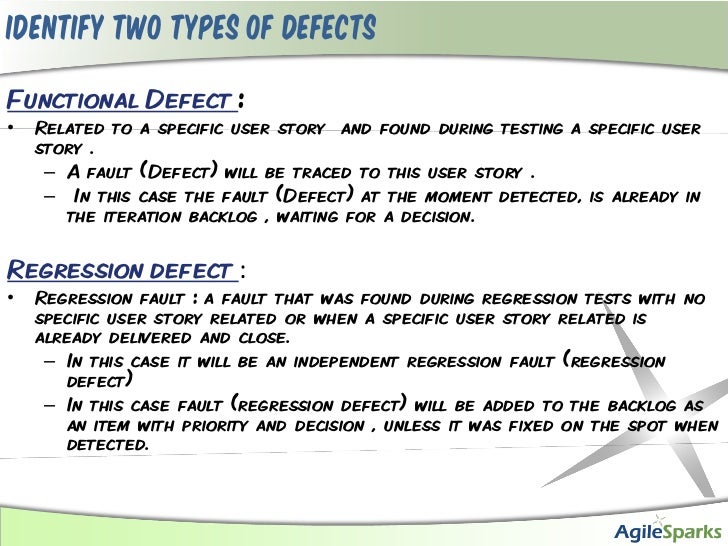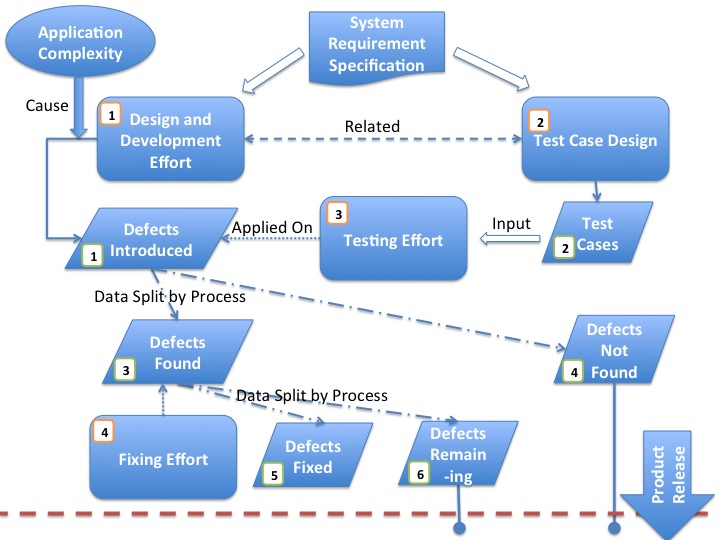

Such standard of defect density is called KLOC.
#DEFECT PROCESS IN AGILE SOFTWARE#
The defect density is calculated by dividing the 'total defects' of software by its 'Size.'Īccording to best practices, one defect per 1000 lines (LOC) is considered good. As a result, it allows testers to focus on the right areas and give the best investment return at limited resources. Second, this gives the testing team to recruit an additional inspection team for re-engineering and replacements.ĭefect density also makes it easier for developers to identify components prone to defects in the future. First, it is used to identify the number of defects in software. The role of defect density is extremely important in Software Development Life Cycle (SDLC). In short, it is used to ensure whether the software is released or not.

It is then divided by the size of the software. More Defects = Lower Quality What is Defect Density in software testingĭefect density is numerical data that determines the number of defects detected in software or component during a specific development period. To ensure the perfection of software, software engineers follow the defect density formula to determine the quality of the software. The process of defect detection ensures developers that the end product comprises all the standards and demands of the client. This is because fixing an error at an early stage will cost significantly less than rectifying it at a later stage. However, developers must ensure they are taken care of before launching it to the end-users. It's common to detect defects and errors in a software testing process. Software is tested based on its quality, scalability, features, security, and performance, including other essential elements.


 0 kommentar(er)
0 kommentar(er)
